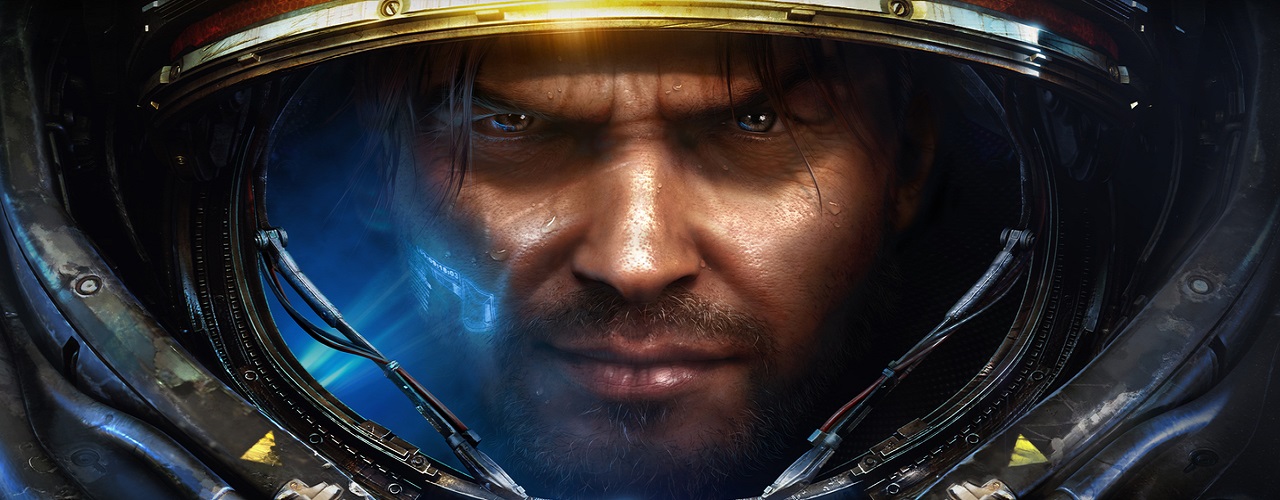[Well, That Was Interesting is our weekly look back at a few interesting and notable items from around the internet. Full credit is paid to authors with links to their full articles provided in an effort to highlight important ideas and interesting tidbits that don’t always have to relate to the world of videogames. We provide our opinion on selected pieces and why we think they are worth your time, and you can follow the links to read the full articles.]
Welcome back!
This was a big week for e-sports and “real” sports with the DotA 2 International, Evo 2014, and the World Cup all wrapping and fans on all sides have not been disappointed.
In this week’s Big Four we will take a look at some of the new practical applications of videogame concepts and technology being developed on the cutting edge of education and space exploration. There are limitless possibilities for the future of videogames and we will have to grow as a culture to accept these radical new ideas. Next we will be discussing the validity of calling e-sports a sport, and its participants athletes, it takes years of dedication people. Our final stop will be on how to overcome the intimidating barrier to entry of Valve’s Dota 2, it’s not that scary we promise.
And as always, here’s to another good week. Cheers.
The Big Four
Are Multiplayer Games the Future of Education?
With modern technology evolving at an ever increasing rate it should come as no surprise that these new concepts will be applied to aspects of our life that hadn’t been thought of before.
Enter Lee Sheldon and his team at Renssalear Polytechnic Institute in New York who over the past few years have been designing an interactive educational videogame that will slowly unfold over the course of a whole semester to teach players Mandarin. The game has no name yet, but it is inspired by films like the Maltese Falcon that will send the player off on an adventure in Beijing as part of a tour group that is trust into adventure.
This is part of a growing movement called “gamification” that seeks to take the addictive, intuitive, and learning aspects that cause players to learn new gameplay skills and apply it to education. It is an exciting time to see how videogames have evolved from a niche basement hobby to exploding onto the mainstream to become a multi-billion dollar media industry. New applications for VR and interactive fiction are on the cutting edge of application and the future for learning could look different than what we’re used to.
The Atlantic’s Melaine Plenda has a great piece covering Sheldon’s vision for the future of education and the evolving gamification movement. Sheldon points out the logic behind the movement and the resistance to the initial push back of having videogames in a classroom setting.
“The goal is to change the student’s mindset to a mastery orientation—to promote motivation, engagement, active learning—and to cultivate 21st century skills like collaboration, problem solving, creativity and systems thinking,” says Joey Lee, a research assistant professor of Technology and Education at Teacher’s College, Columbia University. “Learning looks very different today, so we need to move away from the Industrial Revolution one-size-fits-all model that still plagues much of education.”
Imagine a world where the sum of humanities knowledge and achievements are available instantaneously to everyone for free, a veritable Library of Alexandria.
The Video Game That Maps The Galaxy
Keep your imagination running and think of visiting any of the known stars and planets within the Milky Way Galaxy. How could this be possible?
Videogames of course, and more importantly another real world application of the tech used to create them applied to astronomy. For years videogames have been set in the far off reaches of space, originally it was easier to process empty blackness than rendering lush environments, and in the 1980’s there was a boom of “space shooters” like Asteroids and Space Invaders.
However, Elite was a space simulator that stood out from the rest with its use of procedurally generated solar systems and seeds to create new areas to explore, it was ahead of its time. Now creators David Braben and Ian Bell have returned to their original creation with the power of modern technology to make a literal map of the known Milky Way Galaxy for players to explore. Using vast data bases and advanced mathematical algorithms they have in the works what is theorized to be the most accurate map of the stars available, and players will be able to pilot their own ships for a visit.
Simon Parkin of the New Yorker has a great read detailing the early origins of videogames dating back to the 1960’s and space exploration. He discusses the practical applications should the game ever be fully realized outside, and follows Braben and Bell as they outline their vision and plans for execution.
It has to make you wonder if No Man’s Sky has been influenced by Elite.
Can video games be sports?
This is the question posed by the Verge Staff in a multiple writer response piece, and with Evo 2014 and the Dota 2 International tournaments wrapping up last week it incredibly relevant. The Dota 2 International had the largest prize pool ever for an e-sports tournament at 9 million, and the revenue it was excepted to generate is easily four or five times that number. With so many give videogame developers standing behind the movement, how long before it hits mainstream?
Starcraft II has become famous in South Korea, and has somehow crossed over into mainstream audiences to become a part of the countries cultural identity. The players are as famous as any of our physical sports heroes, and just as well known. But are they athletes? E-sports take years of dedication and practice to reach the levels needed to compete in a tournament setting, and much like golf they are usually quick to learn while taking a lifetime to master. That is the crux of the issue there, “everyone can play videogames so how could they be a sport?”
Humanity has always had a need for competitive entertainment and as society has evolved so has our sports. American Football has grown from a simple college game to the powerhouse that dominates American ratings and national dialogue. International Football is no exception to this, the World Cup has been the focal point of every social media outlet for the past month as a result. Who’s to say that e-sports cannot enjoy this same level of adoration?
The Verge staff plays devil’s advocate on some of the big questions surrounding this growing community and compares it to physical sports. Even if you’ve only a passing interest in esports we think that this is definitely worth a read, this is coming and you’ll want to be ahead of the curve.
MICRO!
Dota 2 for Dummies: A no-bullshit method to start playing without pissing everyone off
Speaking of Dota 2, it has a steep barrier to entry and that is usually the fear of other players calling you out for sucking at the game. You should be playing Dota 2, or at least try it out to see what all the fuss is about. It is famous for needing a multitude of online manuals just to explain any of the 100 plus heroes within the game, and you really need to know your roll.
Is your character better suited for support and needs to be picking up items for the team? Should you be a jungler? Better yet, what is a jungler? These are questions that every new player needs to know to ask before they ever start a game.
Arthur Gies has a great guide on how to break into the game, and what it takes to finally start having fun. Dota 2 is not a casual game by any sense of the phrase, and there is something to be said about games needing skill and dedication to even start playing a match. Remember this is an era when many players complain that games are too easy and coddle new players, so test your might.
Know your Roll…
Visual stimulation
Reflecting on 10 YEARS of World of Warcraft!
Are There Rules For Spoilers?
The Best Starcraft Match of all Time?
Extra Study Material
With so much talk this week about the different, weirder, aspects of the videogame community, we thought you should take a look at another segment. There is a large online community that is obsessed with finding lost and cut material from videogames, and Heidi Kemps delves into this treasure hunt as people search for the Secrets of Sonic. “A Quest for the Secret Origins of Lost Video-Game Levels”
One more? Ok, why are arcades so popular in Japan decades after they disappeared in America? Ollie Bander points to the ever popular Gundam game franchise that dominates these public venues and how they are part of an increased focus of Japanese gaming culture. “What’s behind Japan’s Gundam game obsession?”


